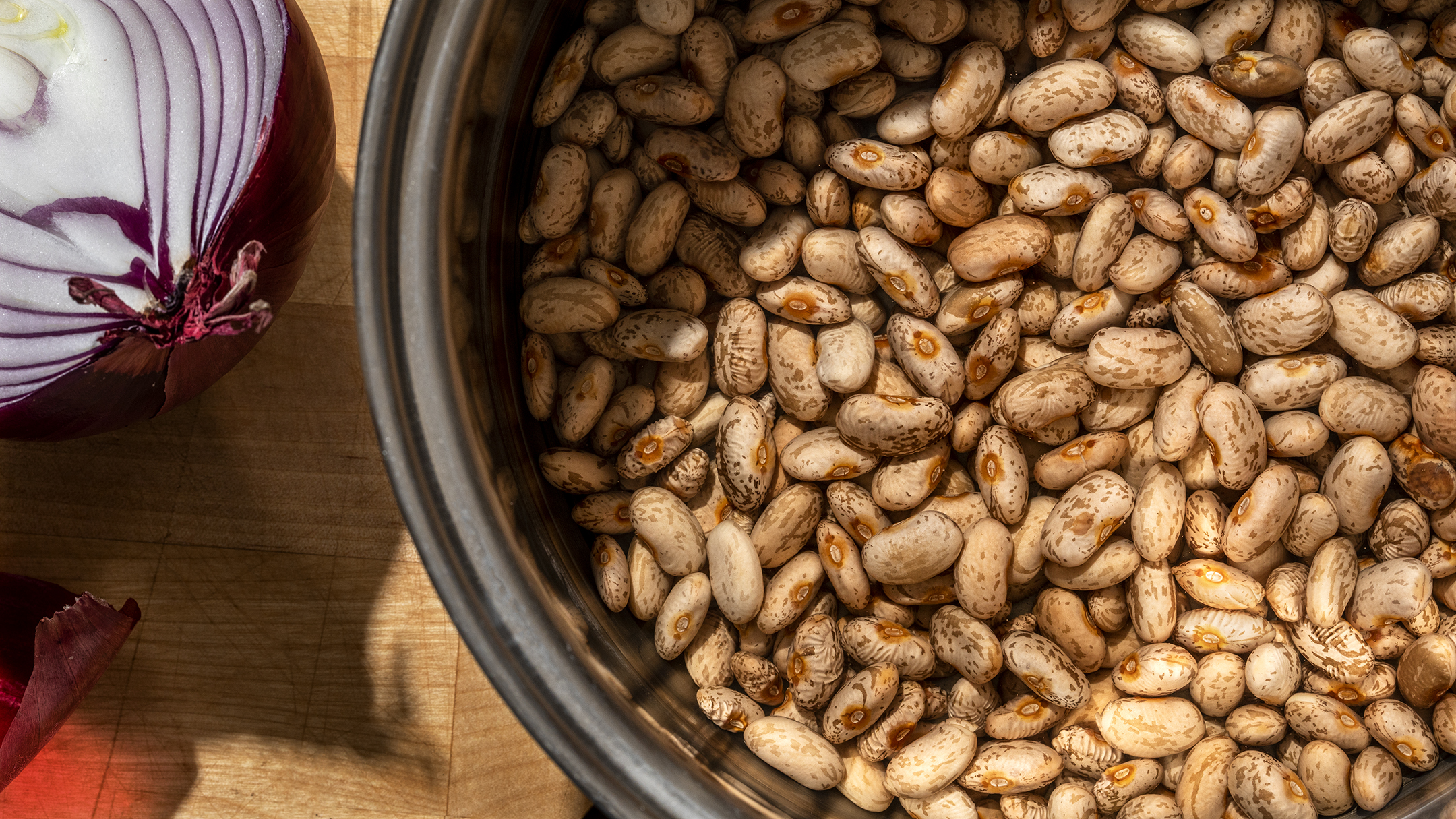Disappearing Nutrients: How Modern Farming is Changing the Food We Eat

Introduction: Rancho La Puerta and Tres Estrellas Farm
Tres Estrellas is the organic farm at Rancho La Puerta that supplies most of the produce served at The Ranch. Our farm takes great pride in the stewardship of the soil. Tres Estrellas creates an opportunity to improve the health of our planet and those fortunate enough to eat the foods we grow, as evidenced by the dedication of our farmers and chefs to producing healthy food and delicious recipes like this month’s Crispy Cauliflower Pizza.
The Decline of Nutrients in Modern Crops
Over the past six decades, our most essential fruits, vegetables, and staple commercial crops have quietly lost their nutritional power. Research shows a troubling decline in the mineral content of food crops, posing serious long-term risks to global health, especially in developing countries where nutrient deficiencies are common. In developed parts of the world, deficiencies are far less common, but insufficient intake of nutrients is insidious. Mineral insufficiencies are problematic as they contribute to a wide array of health issues. Immune dysfunction, fatigue, and an increased risk of chronic health issues like diabetes and heart disease occur with insufficient intake of minerals.
Impacts of Nutrient Deficiency on Global Health
Between 1963 and 1992, the mineral content of thirteen common fruits and vegetables in the US significantly declined. Popular fruits and vegetables such as apples, oranges, mango, guava, banana, tomato, and potato have seen a 25-50% decline in nutrient density in the past 50-70 years. Losses are mainly due to environmental, genetic engineering, and the dilution of soil nutrients.
Scientific Evidence: Nutrient Loss in Fruits and Vegetables
Further studies and the USDA have confirmed the decline in many but not all nutrients. Interestingly, while the USDA is responsible for maintaining food nutrient databases, promoting nutrition education, agriculture and livestock inspections, and funding scientific studies, the NIFA (National Institute of Food and Agriculture) within the USDA regulates farming practices. As farming practices become even more intensive, pushing higher yields with high nitrogen loads, there is even more risk of key nutrients being lost due to the disruption of the natural soil ecosystem.
Nutrient data from 1975 to 1997 for broccoli:
- Calcium:↓ 56%
- Vitamin A: ↓ 38.3%
- Vitamin C: ↓ 17.5%
- Iron: ↓ 20%
If you’re eating the same fruits and vegetables you ate as a kid, you’re likely getting far fewer nutrients per bite from them as an adult.
Research has identified several principal causes of nutrient decline, most of which stem from changes in how we grow food, including soil degradation, prioritizing quantity over quality, some GM crops, global warming, pollution, and elevated CO2 levels. Practices that increase crop yields maysupport caloric sufficiency but do not necessarily maintain nutrient sufficiency. In other words, these methods might prevent hunger but do not protect us from “hidden hunger”—the widespread lack of essential vitamins and minerals.
Traditional Crops: A Nutritional Powerhouse
While modern crops dominate the farming systems, traditional varieties continue to prove their nutritional worth. Studies show that traditional fruits and vegetables are significantly superior to modern ones in protein, minerals, fiber, and B vitamins. They are also higher in health-promoting phytochemicals, such as polyphenols, lignans, phytoestrogens, and phycocyanins.
Similarly, pearl millet, sorghum, and minor millets outperform modern staples like rice, wheat, and maize with higher amounts of calcium, iron, zinc, riboflavin, and folic acid. Unfortunately, these traditional grains have been nearly eliminated from modern diets—replaced by high-yield, lower-nutrient grains. Bringing these ancient crops back into the modern food system could be crucial in reversing the decline in global nutrient levels and supporting long-term health.
While many crops have declined in nutrient density, there are still plenty of foods you can prioritize to help meet your mineral needs:
Best Sources of Minerals
| Mineral | Best Sources |
| Iron | Spinach, Lentils, Quinoa, Tofu, Chickpeas |
| Zinc | Pumpkin Seeds, Cashews, Chickpeas, Mushrooms |
| Magnesium | Almonds, Black Beans, Avocados, Leafy Greens |
| Calcium | Kale, Broccoli, Bok Choy, Fortified Plant Milk |
| Potassium | Sweet Potatoes, Bananas, Tomatoes, Lentils |
| Selenium | Sunflower Seeds, Whole Grains, Brown Rice |
| Copper | Sunflower Seeds, Dark Chocolate, Shiitake Mushrooms |
As a consumer, your dollars matter. You can support healthier farming practices by purchasing sustainably, organically, or regenerative produce. Crop nutrient decline is reversible. By shifting focus back to soil health, diverse farming practices, and mineral-rich traditional foods, we can protect our health—and the health of future generations.
Learn more about our farm, Tres Estrellas.
References:
Bhardwaj RL, Parashar A, Parewa HP, Vyas L. An Alarming Decline in the Nutritional Quality of Foods: The Biggest Challenge for Future Generations’ Health. Foods. 2024;13(6):877. Published 2024 Mar 14. doi:10.3390/foods13060877
Micronutrient Inadequacies in the US Population: an Overview; Oregon State University; https://lpi.oregonstate.edu/mic/micronutrient-inadequacies/overview#EAR
Jack A. America’s Vanishing Nutrients: Decline in Fruit and Vegetable Quality, Poses Serious Health and Environmental Risks. America’s Vanishing Nutrients; Becket, MA, USA: 2005. pp. 1–16.


